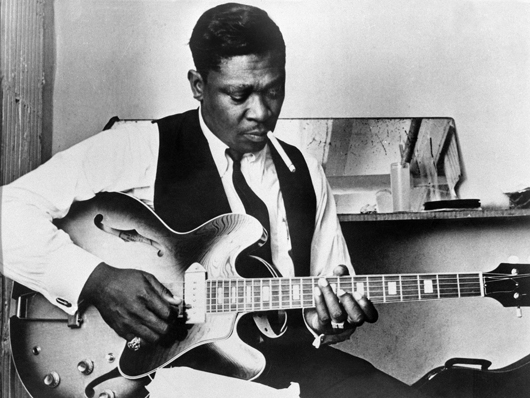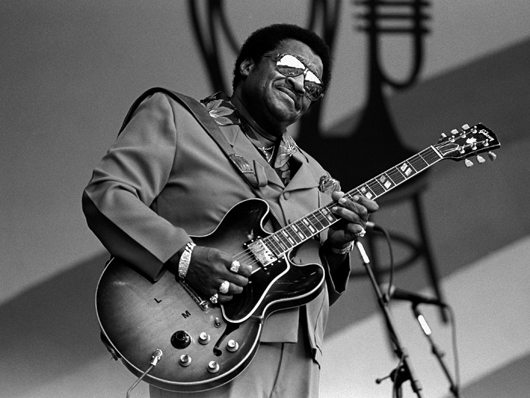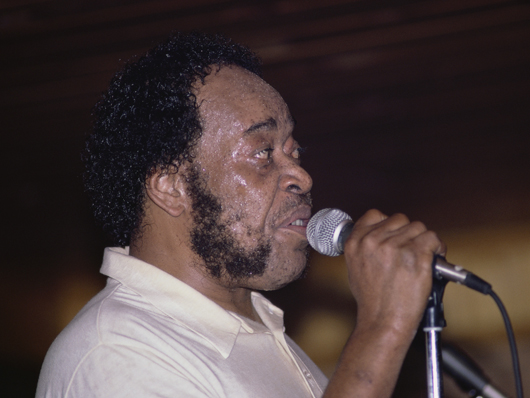In pictures: 60 years of Sun Studio
A tribute to the birthplace of rock 'n' roll
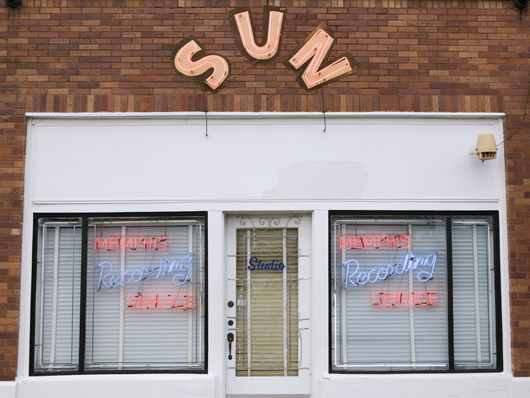
Sun Studios
In January 1950, rock trailblazer Sam Phillips opened the doors to the Memphis Recording Service, the facility that would become Sun Studios and ‘the birthplace of rock ‘n’ roll’ (thanks in part to Phillips’s claim that the genre’s first single, Rocket 88 by Jackie Brenston And His Delta Cats, was recorded there in March 1951).
Regardless of the historic correctness of the status, the facility’s roster of recording artists rolls off the tongue like a countdown of the greatest rock ‘n’ roll stars of all-time, let alone of the ‘50s. BB King, Johnny Cash, Elvis Presley, Roy Orbison, Jerry Lee Lewis… we could go on.
To celebrate 60 years since birth, we’re paying tribute to Sun Studio’s legacy, in pictures. First up: BB King
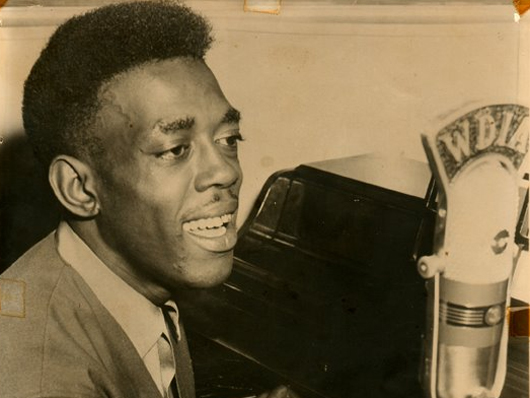
Rosco Gordon
Creator of the 'Rosco Rhythm’ and one of the pioneers of Memphis Blues, Rosco Gordon hit the big time with the Sam Phillips-produced single, Booted, in 1952. Confusingly, Phillips managed to flog the record’s master tapes to two competing labels - Chess and RPM - who both released it as a single. Despite that, it still hit the number one spot on the Billboard R&B chart…
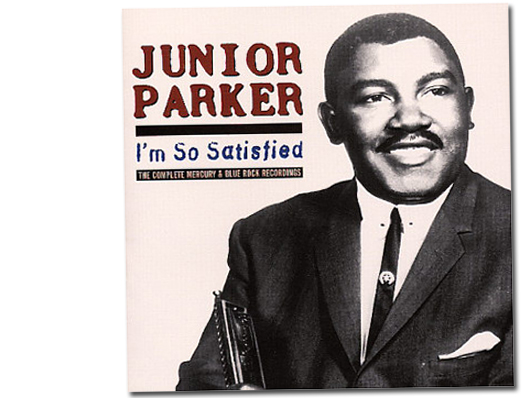
Junior Parker
Junior ‘Mr Blues’ Parker signed to Sun Records in 1953 recording and releasing the songs Feelin' Good, Love My Baby and Mystery Train through Sam Phillips’s studio and label respectively. Mystery Train was later covered by fellow Sun Studios regular, Elvis Presley.
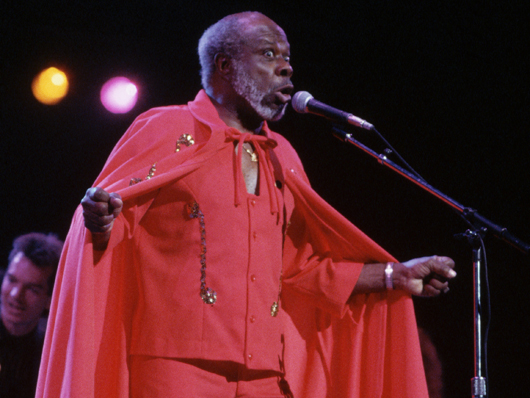
Rufus Thomas
The R&B, funk and soul singer/comedian, Rufus Thomas Jr, proved to be somewhat of a poisoned chalice for Sam Phillips. In 1953, Thomas scored one of Sun’s first big hits with Bear Cat (in reply to Big Mama Thornton’s Hound Dog) - followed by a copyright suit which almost bankrupted the whole empire.
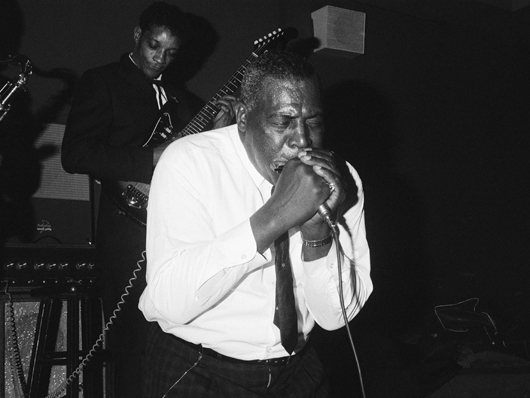
Howlin' Wolf
Although probably more famous as a Chess artist alongside Muddy Waters, the 6’ 6” blues legend Howlin’ Wolf recorded at Sun Studios in the early ‘50s, evidently earning great respect from his peers as he did. According to Sam Phillips: "When I heard Howlin' Wolf, I said, 'This is for me. This is where the soul of man never dies."
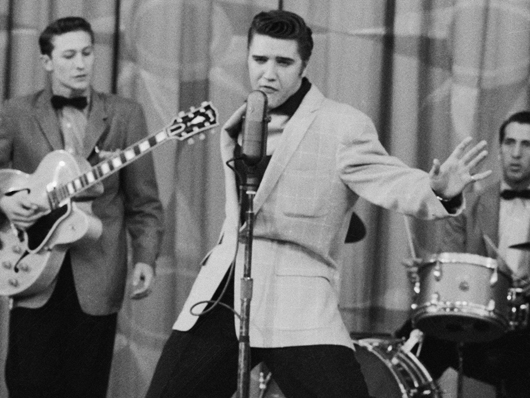
Elvis Presley
Having recently celebrated The King’s would-be 75th birthday, we’re pretty hot on Elvis/Sun trivia right now. Here are numbers 11-14 from the 75 things you didn’t know about Elvis:
“10. Elvis's first recording at Sun Records was self-funded in August 1953. He cut a two-sided acetate: My Happiness and That's When Your Heartaches Begin.
11. Elvis claims the record was a gift for his mother (bless). Cynics say he chose Sun Records in the hope of being discovered (far cheaper, amateur recording facilities were available nearby).
12. In 1954 Elvis auditioned for a place in gospel quartet The Songfellows. The band rejected him because "he did not demonstrate an ear for harmony at the time."
13. Sun Records boss Sam Phillips's first session with Elvis later that year spawned a cover of Arthur Crudup's That's All Right Mama. The recording was picked up by Memphis radio DJ Dewey Phillips who, following a flood of listener calls demanding to know who the singer was, played it repeatedly for two hours.
14. The following week, Sun received an unprecedented 6,000 single pre-orders. That's All Right Mama eventually went on to sell 20,000 copies.”
The rest, as they say, is history.

Carl Perkins
Rockabilly legend Carl Perkins signed for Sun in 1954 after allegedly hearing Elvis Presley’s version of Blue Moon Of Kentucky on the radio. With similar styles in tow, Perkins supported Presley on tour before writing and recording the rock ‘n’ roll standard Blue Suede Shoes in 1955.
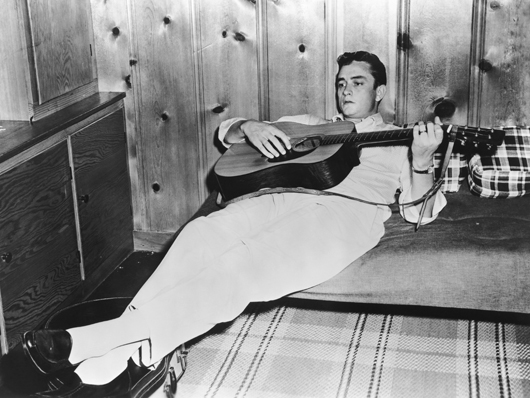
Johnny Cash
Whether Sam Phillips really uttered the words "go home and sin, then come back with a song I can sell" to an auditioning gospel-singing Johnny Cash in 1954, remains to be seen. Regardless, something clicked and Cash’s first Sun recordings Hey Porter, Cry Cry Cry and the subsequent I Walked The Line took the Country chart by storm. Cash went on to record Sun’s first long-player but left in favour of a lucrative Columbia Records deal the following year.
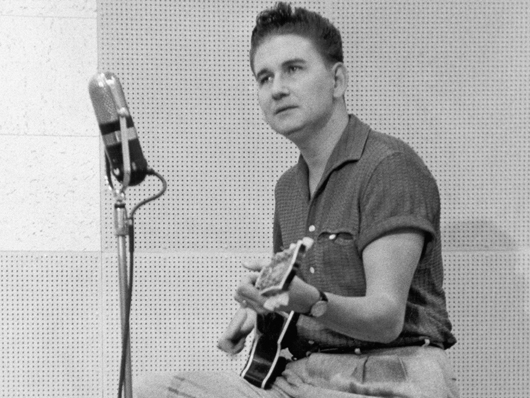
Roy Orbison
Roy Orbison’s professional career began with his college band The Teen Kings. After playing the same radio show as Elvis Presley and Johnny Cash, it was an impressed Man In Black who apparently told Orbison to try his luck at Sun Studios. On the back of a song called Ooby Dooby, Sam Phillips offered the young band a contract in 1956.
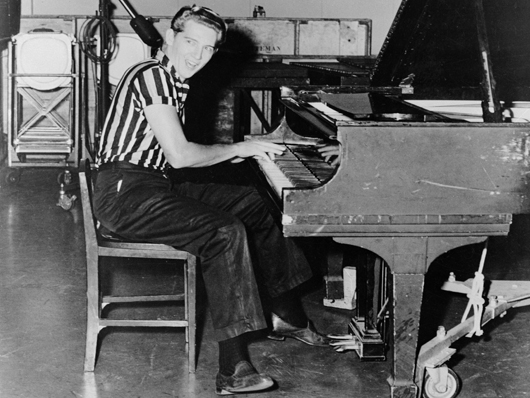
Jerry Lee Lewis
It was Sun’s engineer Jack Clement who cut Lewis’s first audition in 1956 (Sam Phillips was away on business), but by the end of the year he was recording prolifically and became the last Sun signee of what would become the Million Dollar Quartet: Elvis Presley, Johnny Cash , Carl Perkins and Jerry Lee Lewis recording an impromptu jam session at Sun Studios. Supergroup, anyone?
Tom Porter worked on MusicRadar from its mid-2007 launch date to 2011, covering a range of music and music making topics, across features, gear news, reviews, interviews and more. A regular NAMM-goer back in the day, Tom now resides permanently in Los Angeles, where he's doing rather well at the Internet Movie Database (IMDB).
